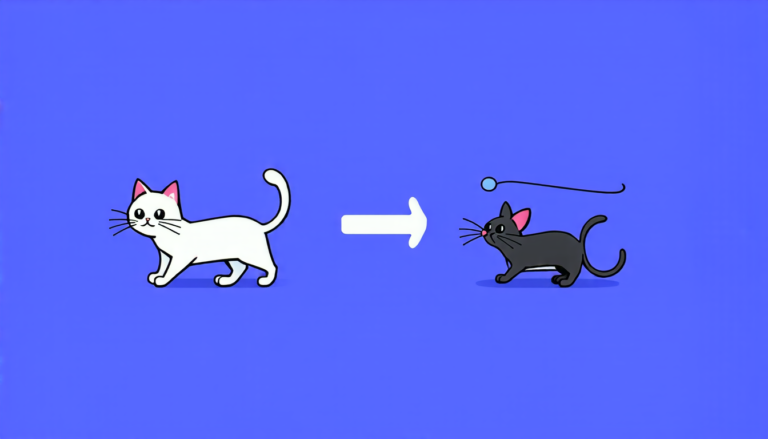Tuesday 29 July 2025
The quest for more powerful and efficient machine learning models has led researchers to explore new ways of scaling up complex algorithms. One such approach is Fourier Neural Operators (FNOs), which use a combination of classical signal processing techniques and neural networks to solve partial differential equations (PDEs). While FNOs have shown promising results, they have a major limitation: as the number of Fourier modes increases, the model becomes computationally expensive to train.
To address this issue, researchers have developed a new technique called Maximal Update Parametrization (µP) and zero-shot hyperparameter transfer. The idea is simple: instead of training an FNO from scratch with millions of parameters, you can use existing models as a starting point and fine-tune them for specific tasks.
The key to µP is a mathematical framework that allows researchers to derive a parametrization scheme that enables the transfer of optimal hyperparameters across models with different numbers of Fourier modes. This means that a model trained on a small dataset can be used as a starting point for larger, more complex datasets without requiring extensive retraining.
The benefits of µP are twofold. First, it reduces the computational cost of training FNOs, making them more feasible for large-scale applications. Second, it enables zero-shot transfer learning, where a model trained on one task can be applied to another task without additional training data.
To demonstrate the effectiveness of µP, researchers tested it on a range of PDEs, including those used in physics, engineering, and economics. They found that FNOs with millions of parameters could be trained using existing models as a starting point, achieving similar or better performance compared to traditional methods.
The implications of µP are significant. It has the potential to accelerate progress in areas such as climate modeling, where complex PDEs are used to simulate and predict global weather patterns. It could also enable more efficient training of FNOs for applications like image and speech recognition.
While there is still much work to be done, the development of µP represents a major step forward in the quest for more powerful and efficient machine learning models. By leveraging existing knowledge and reducing the computational cost of training FNOs, researchers can focus on developing new algorithms that are even more accurate and effective.
Cite this article: “Maximal Update Parametrization: Unlocking Efficient Training of Fourier Neural Operators”, The Science Archive, 2025.
Machine Learning, Fourier Neural Operators, Partial Differential Equations, Hyperparameter Transfer, Computational Cost, Zero-Shot Learning, Parametrization Scheme, Climate Modeling, Image Recognition, Speech Recognition







